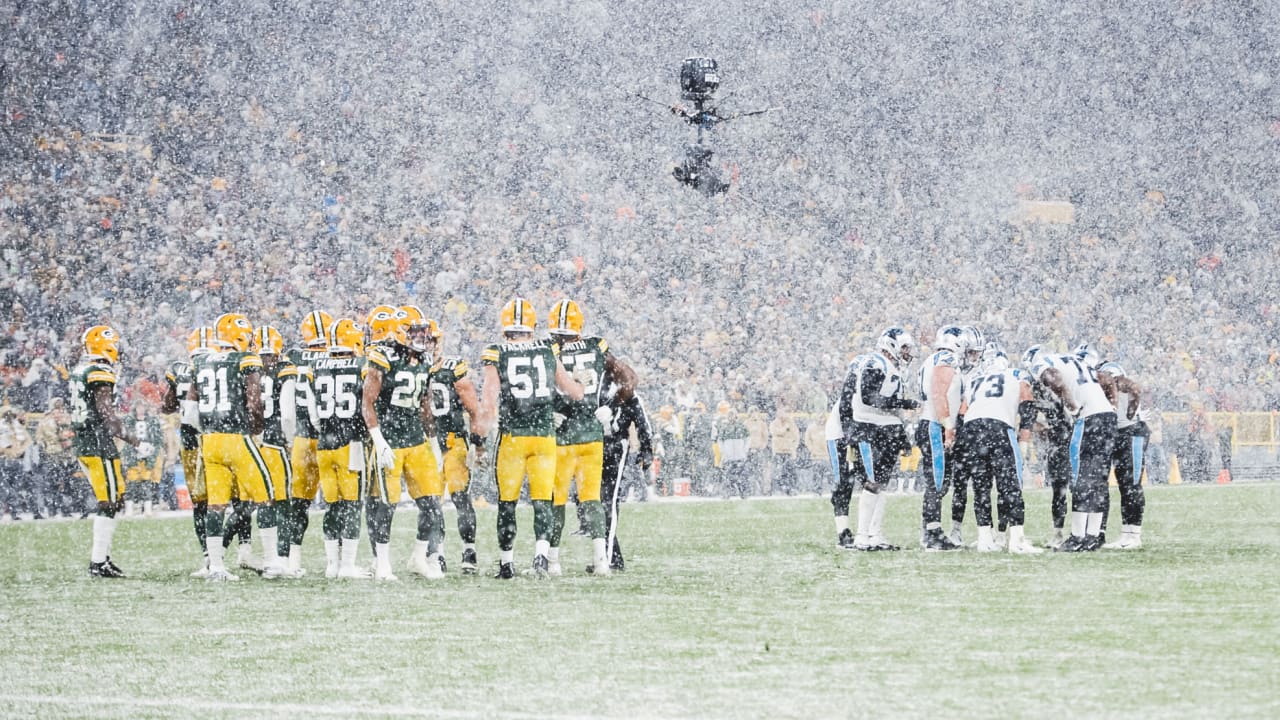Sir Purr
Well-known member
- Mar 16, 2019
- 1,969
- 0

"That was purely analytics. 100 percent," Rivera said. "If you get it there and then you score at the end of the game, then you’re kicking to win the game. If you don’t get it there, then you have an opportunity to go for two again.
"We feel pretty good about the play we had called the first time and we felt good about the second one we had up. It's something where we went ahead and followed the analytics of it."
Rivera's decision to go for two in that scenario has not yet become commonplace in the NFL, but analytics experts suggest that it should.
Let's take a simple probability scenario wherein a two-point conversion is 50 percent successful (it's actually been 49.7 percent successful the last two years) and a one-point conversion is 100 percent successful (it's actually only 93.9 percent successful the last two years).
If Carolina went for one each time and the probability of winning in overtime is 50 percent, then going for one is a 100 percent guarantee of overtime and a 50-50 shot in the extra frame.
However, if the Panthers go for two on the first attempt, there is a 50 percent they make it (and a "100 percent chance" that an extra point wins it on the second TD). Now take the other 50 percent chance that they don't make it, and then there's another 50-50 shot the second time meaning a 25 percent chance to go to overtime. A 50-50 shot in overtime means that there's a 12.5 percent chance you win through that scenario. Add that with the initial 50 percent and now there's a 62.5 percent chance of winning by going for two on the first attempt, instead of a 50 percent chance of winning by going for one after each touchdown.
That's what the numbers say. And that's how the Panthers played it. Unfortunately, Carolina never got the chance to make one more stab at it as the final play came up just inches short.
